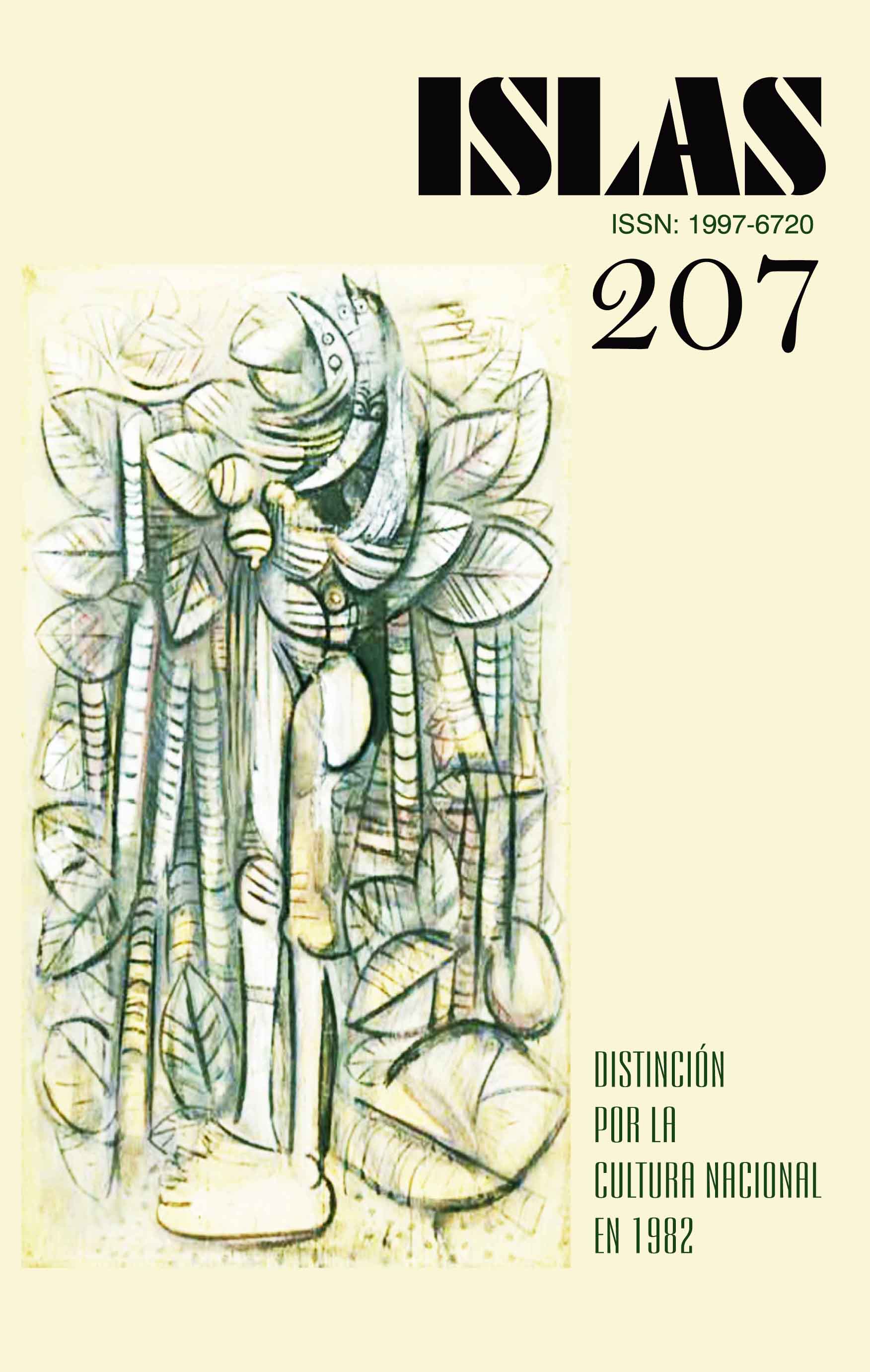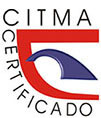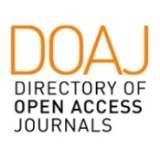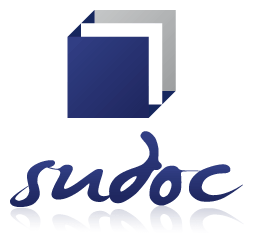Antecedents and references within the context of Arts-based research
Keywords:
Arts-based research, antecedents, references, Visual ArtsAbstract
Introduction: Defining and declaring the antecedents and references involved in the process of creating a work of Visual Arts is crucial for developing a proposal grounded in both production and the underlying visual theory. Misunderstanding these terms complicates the conceptualization and operational processes, especially in qualitative research and those assuming artistic creation as a result. This article addresses a specificity of practice-based arts research, focusing on the contextualization of the study's theme, with the objective to identify, define, and describe antecedents and references while highlighting new elements that can enhance their utilization.
Methods: Employing action research, the study utilizes participant observation and document analysis, establishing a reference point within the context of practice-based arts research.
Results: The article identifies and analyzes considerations essential for understanding these terms within the realm of Visual Theory, specifying each one and highlighting new elements that can enrich their definition and application.
Conclusions: Experiences related to the research-creation processes of a work of Visual Arts are crucial for defining and declaring the antecedents and references in practice-based arts research. Systematizing experiential and professional insights into these practices in Cuba facilitates the achievement and realization of artistic results applicable to any qualitative research and those involving the creation of artistic phenomena.
Downloads
References
ÁLVAREZ, A., ARRIBAS, A. y DIETZ, G. (EDIT.) (2020). Investigaciones en movimiento: etnografías colaborativas, feministas y decoloniales. CLACSO.
ÁLVAREZ, L. y BARRETO, G. (2010). El arte de investigar el arte. Oriente.
BOREV, I. (1983). El análisis sistémico integral de la obra artística. Voz y Escritura. Revista de Estudios Literarios, 1(12), 109-127 [http;//www.saber.ula.ve/handle/123456789/ 32435].
BRAVO, L. (COORD.) y CHACÓN, C. E. (2000). Diccionario Latinoamericano de Educación. Fondo Editorial de Humanidades y Educación. Universidad Central de Venezuela.
BREA, J. L. (2006). Estética, historia del arte, estudios visuales. Estudios visuales, 3(20), 8-25.
CARRASCO, S. (2015). Metodología de la Investigación Científica. Pautas metodológicas para diseñar y elaborar el proyecto de investigación. Editorial San Marcos.
CARRILLO, P. (enero-marzo, 2015). La investigación basada en la práctica de las artes y los medios audiovisuales. Revista mexicana de investigación educativa, 20(64).
COLORADO, Ó. (2017). Fotografía y surrealismo. Universidad Panamericana de México.
CUBA. CENTRO NACIONAL DE ESCUELAS DE ARTE (2013). Política de la Enseñanza Artística Profesional en sus niveles elemental y medio superior. Curso 2013-2014 al 2015-2016. Cneart.
CUBA. CENTRO NACIONAL DE ESCUELAS DE ARTE (2017). Reglamento para la organización y evaluación del Examen Final Estatal en sus dos modalidades: Tesis de Grado y Ejercicio Académico Integrador. Cneart.
HERNÁNDEZ, F. (2008). La investigación basada en las artes. Propuestas para repensar la investigación en educación. Educatio Siglo XXI, 26, 85-118.
HERNÁNDEZ SAMPIERI, R.; FERNÁNDEZ, C. y BAPTISTA, P. (2014). Metodología de la Investigación. 6ta. Edición. McGraw-Hill.
MOLINA, N. (2005). ¿Qué es el estado del arte? Herramientas para investigar. Ciencia y Tecnología para la Salud Visual y Ocular (5), 73-75. [https://ciencia.lasalle.edu.co/ cgi/viewcontent.cgi?article=1198&context=svo].
MONTERO, D. (2018). Antecedentes de los Estudios Visuales y la Historia del Arte: los aportes a la Teoría Visual. ESCENA. Revista de las artes, 77(2), 18-34.
PÉREZ, G.; GARCÍA, G.; NOCEDO, I. y GARCÍA, M. L. (1996). Metodología de la Investigación Educacional. Pueblo y Educación.
REAL ACADEMIA ESPAÑOLA (2016). Diccionario de la Lengua Española. 23da. Edición. Espasa Libros (2021, actualización).
RODRÍGUEZ AGUILAR, J. L. (2012). Diseño, diseñar, diseñado. Teorías, estrategias y procedimientos básicos. Letras Cubanas.
RODRÍGUEZ AGUILAR, J. L. (2022). Vamos a hacer una tesis. Reflexiones necesarias sobre cómo enfrentar el ejercicio final de grado en Artes Visuales. Editorial Feijóo.
SALAZAR, M. (2002). Apuntes sobre Metodología de la Investigación. Universidad Michoacana de San Nicolás Hidalgo.
SANTAYANA, G. (1905). The Life of Reason, vol. 1: Reason in Common Sense. Scribner’s, p. 284.
VÁSQUEZ, F., MOLANO, F., MEZA, J. L., PASTRANA, L. H., RONDÓN, G. M., LONDOÑO, P., CASTAÑEDA, Y., LÓPEZ, R. A., MORENO, P. J., VELÁSQUEZ, D., ZAPATA, P. N., GUTIÉRREZ-RÍOS, M. Y., GOYES, A. y OVIEDO, P. E. (2019). La tutoría de investigación: Reflexiones, prácticas y propuestas. Vol. 14. Unisalle. [https://ciencia.lasalle.edu.co/libros/55].
VILLANUEVA, P. (2017). De qué hablamos cuando hablamos de Proyecto Artístico. Derivas desde los artistas, la institución y el arte contemporáneo [Tesis doctoral, Universidad de Barcelona].
Downloads
Published
How to Cite
Issue
Section
License
Copyright (c) 2024 Jorge Luis Rodríguez Aguilar

This work is licensed under a Creative Commons Attribution-NonCommercial 4.0 International License.
Usted es libre de:
Compartir — copiar y redistribuir el material en cualquier medio o formato
Adaptar — remezclar, transformar y construir a partir del material
La licenciante no puede revocar estas libertades en tanto usted siga los términos de la licencia
Bajo los siguientes términos:
Usted es libre de:
Atribución — Usted debe dar crédito de manera adecuada, brindar un enlace a la licencia, e indicar si se han realizado cambios. Puede hacerlo en cualquier forma razonable, pero no de forma tal que sugiera que usted o su uso tienen el apoyo de la licenciante.
NoComercial — Usted no puede hacer uso del material con propósitos comerciales.
No hay restricciones adicionales — No puede aplicar términos legales ni medidas tecnológicas que restrinjan legalmente a otras a hacer cualquier uso permitido por la licencia.




















